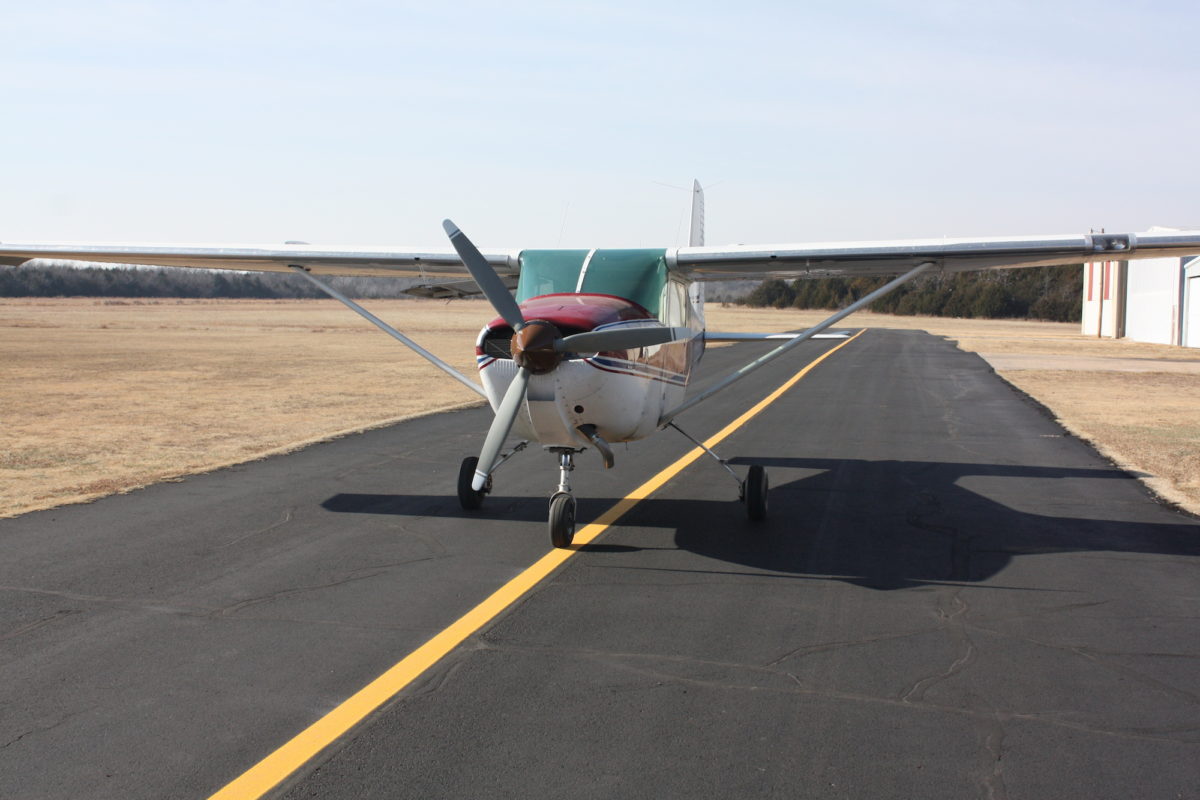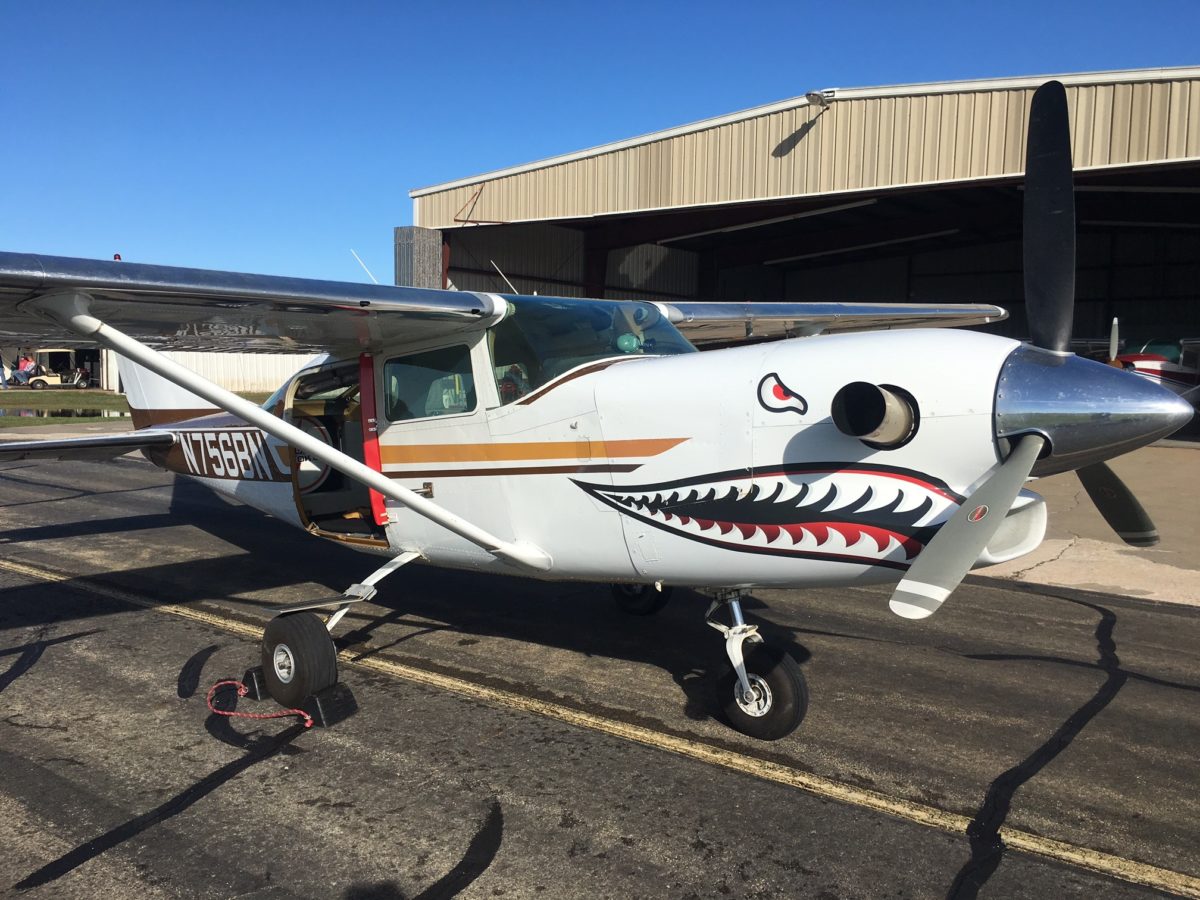Best Planes for Tandem Skydiving
Thursday, April 17, 2025
When it comes to tandem skydiving, the skydiving plane is your first step into the sky – and a major part of the experience itself. While the thrill of freefall or the peaceful canopy ride steal the spotlight, the climb to altitude plays a crucial role in how comfortable, efficient, and exciting your jump will be.
Whether you’re a first-time jumper or a skydiving pro, understanding the types of planes used in the sport – like the difference between the iconic Cessna 182 and the powerful Twin Otter plane – can give you a whole new appreciation for the ride to your destination in the skies. Let’s dive into the most popular skydiving aircraft and what makes them ideal for specific jumps.
What is a Skydiving Plane?

A skydiving plane is a specialized aircraft used to transport jubilant jumpers to altitude. Unlike standard airplanes, these planes are often modified to allow for faster climb rates, wide door openings for exits, efficient loading and unloading on the ground, and the capacity to carry multiple jumpers and their gear.
While some skydiving planes are compact and nimble, others are large, powerful, and perfect for high-volume dropones. Different DZs use different aircraft depending on their size, altitude goals, special events, and the volume of jumpers they serve.
Cessna 182: A Classic Skydiving Workhorse

The Cessna 182 is one of the most iconic and widely used aircraft in skydiving history. Known for its reliability, versatility, and efficiency, this small four-jumper aircraft is a favorite among smaller dropzones or those specializing in tandem-only operations.
- Capacity: Up to 4 jumpers
- Altitude: Between 10,000 and 12,000 feet
- Climb Rate: About 20 minutes
While it may not be the fastest to altitude, the Cessna 182 is perfect for intimate jump experiences and scenic climbs. It is most ideal for two tandem pairs per load – giving it a “private adventure” feel.
Turbine Cessna 206: Small Plane, Big Power
An upgraded version of the standard Cessna, the turbine Cessna 206 delivers more power and efficiency to your skydiving experience thanks to its turbine engine. This aircraft is often used as a mid-range option between smaller Cessnas and larger turbine aircraft like the Twin Otter.
- Capacity: 5 to 6 jumpers
- Altitude: Approximately 10,000 to 14,000 feet
- Climb Rate: About 15 minutes
The turbine upgrade means a quicker ride to altitude, more room for friends, and a smoother performance overall. Our custom Turbine 206 with a Pratt & Whitney PT6 Turbine engine has been a game changer for us at Oklahoma Skydiving Center. It gives us the opportunity to provide the best experience for our jumpers by taking them all the way to 14,000 feet in less than half the time it took to get to 10,000 feet with our previous aircraft!
Additionally, we are proud to be certified as a Turbine Conversion shop for other Cessna 206s in the skydiving industry!
Twin Otter: The Skydiver’s Favorite Heavy Lifter
The Twin Otter is a twin-engine turbine aircraft designed for high-volume skydiving operations. This beast of an airplane is favored by dropzones because of its high capacity and quick load turns.
- Capacity: Up to 23 jumpers
- Altitude: Up to 14,000 feet
- Climb Rate: Between 10 and 15 minutes
The Twin Otter is known for its spacious interior, wide side door, impressive performance, and ability for handling high-jumper volume with maximum efficiency. To put it simply: it’s fast, stable, and spacious – perfect for group jumps, tandem skydives, boogies (skydiving events).
How High is the Plane for Skydiving?
The typical exit altitude for skydiving ranges anywhere from 10,000 to 14,000 feet above ground level (AGL), depending on the type of aircraft and weather conditions. Our first-time tandem students at Oklahoma Skydiving Center have the exciting opportunity to enjoy 14,000 feet of fun with a 60 second freefall at 120 mph and a blissful 5 minute canopy ride! If you’re looking for more thrill, we are one of the very few dropzones in the country that offers high-altitude jumps from 18,000 feet!! Our high altitude tandem skydive gives you over 90 seconds of exhilarating freefall, supplemental oxygen included.
According to the United States Parachute Association (USPA), anything above 15,000 feet is considered a high-altitude jump and requires the use of supplemental oxygen. These jumps are used as a way to sneak into hostile areas to perform military operations, but they are also great for adding freefall time to your skydiving experience for the ultimate thrill or for attempting record setting, big-way jumps like the 400-way record in 2006.
Why the Plane Matters in Your Skydiving Experience
While freefall and canopy flight get most of the glory, the plane ride to altitude sets the tone for your whole experience. Here’s why your skydiving plane matters:
- Speed to Altitude: Faster planes means less waiting and more jumping. Yes, please!
- Comfort and Space: Bigger aircraft offer more room to relax before you jump out.
- Group Jumps: Large-capacity skydiving planes allow friends and family to jump on the same load, giving you the chance to experience the feeling of freedom and make memories that’ll last a lifetime.
- Scenic Views: A smooth ride to altitude with big windows adds to the overall adventure, so you can really take it all in.
Fly High at Oklahoma Skydiving Center
At Oklahoma Skydiving Center, we know the importance of skydiving planes and how they can impact our guests’ experience. That’s why we fly a Turbine Cessna 206 – we give you the perfect mix of speed, comfort, and reliability. Additionally, we are the only skydiving operator in the area with a dedicated hanger for complete in-house maintenance to keep our aircraft in tip-top shape! Whether you’re jumping solo or bringing friends along, you’ll enjoy a fast, smooth climb with an unforgettable Oklahoma view!
Ready to jump from the best seat in the sky? Book your tandem skydive with us today! Blue skies.
Copyright © 2025, Oklahoma Skydiving Center, All Rights Reserved.
DropZone Web Design & Marketing by Beyond Marketing, LLC






